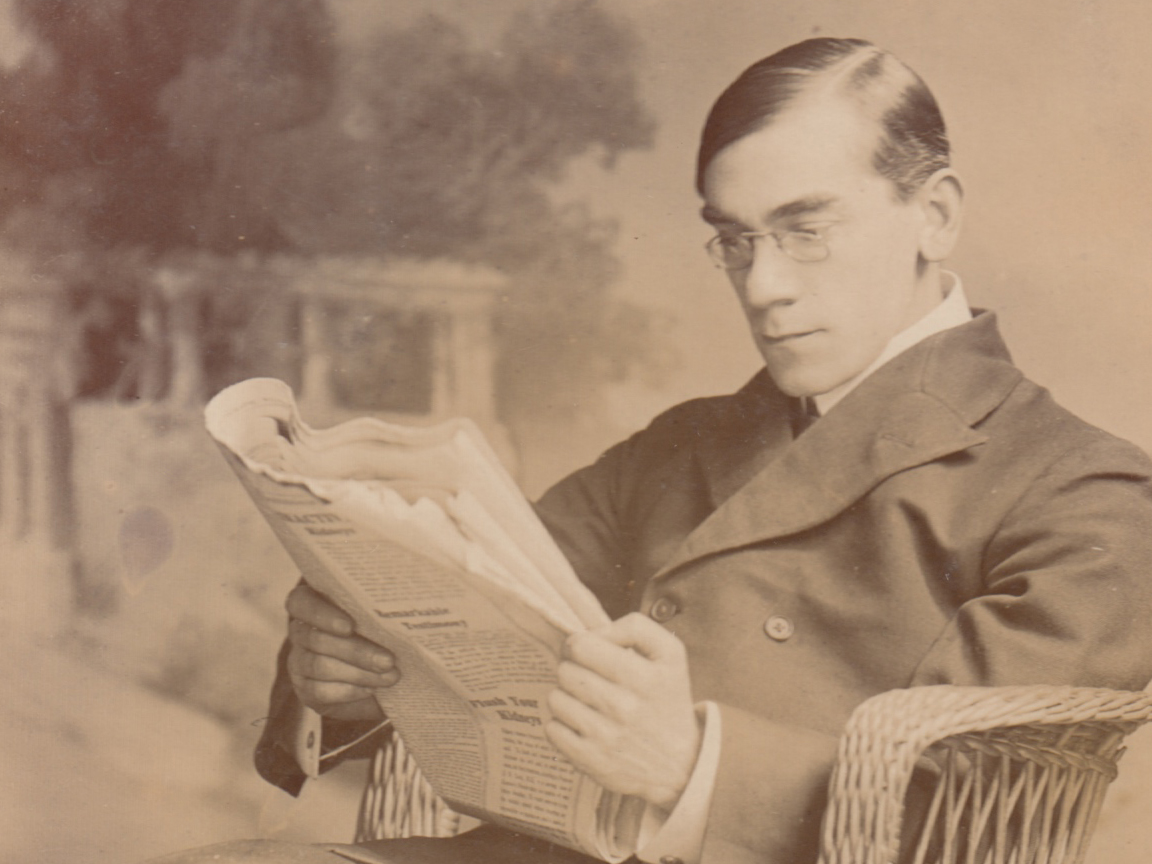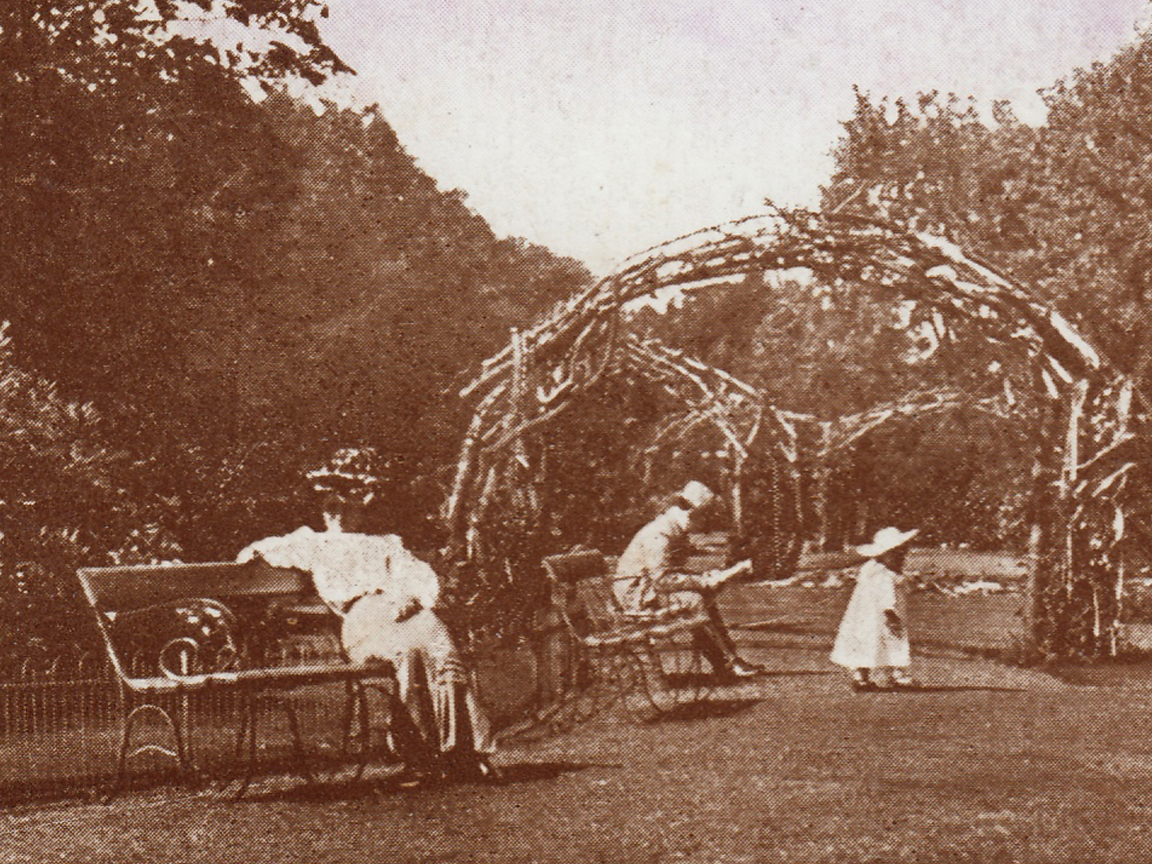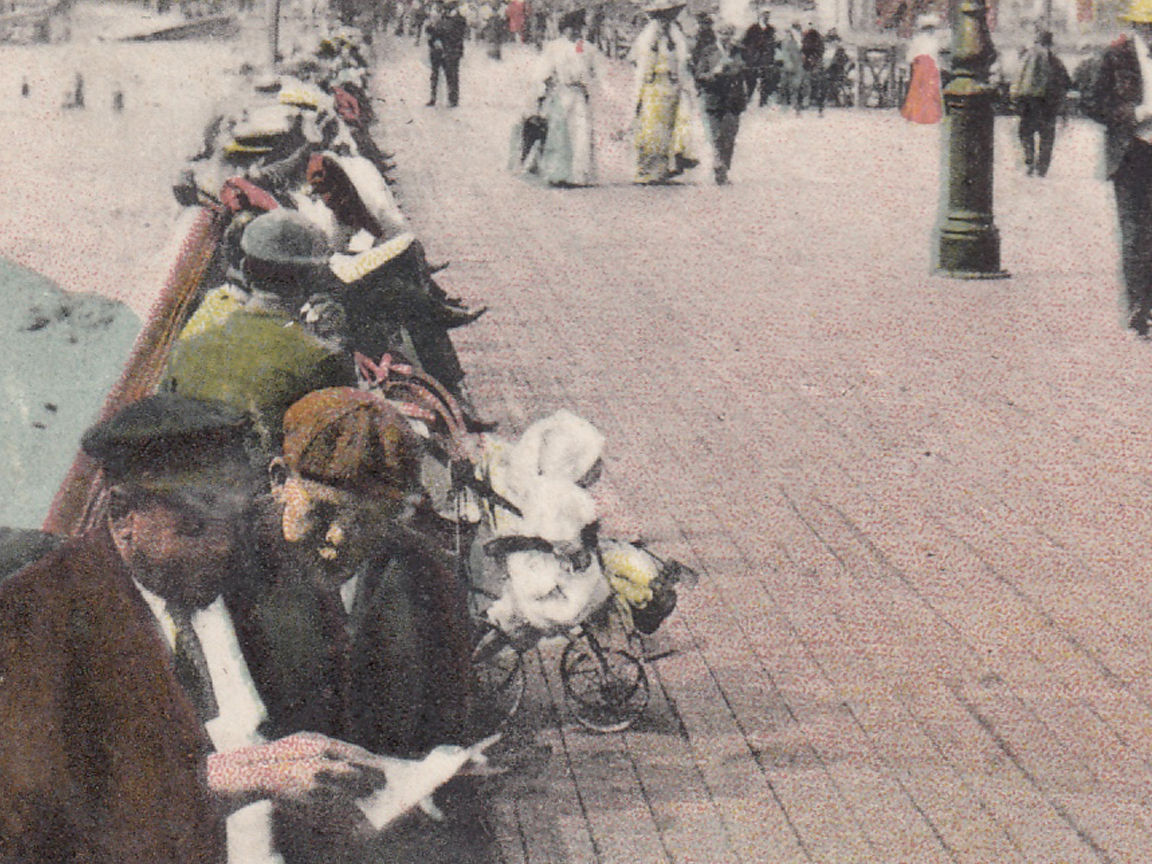


1855, History, Gazetteer, and Directory of Suffolk
Lowestoft chapter, page 556
We have already noticed with Aldeborough, at page 504, the want of more Harbours of Refuge on the eastern coast. The completion of the outer-works and entrance to Lowestoft harbour, and the deepening of the water space inside, have afforded so safe and easy an access at all times of tide, that there are soemtimes seen in it as many as 250 or 300 vessels, which have gone in merely to shelter from the storms or contrary gales of the ocean.
As the trade of the port is often seriously impeded by crowds of Reguge Vessels, it has been propost to enlarge the inner harbour by adding to it the bight, called Kirkley Ham, if Government will grant such pecuniary assistance as they have rendered to other Harbours of Refuge of much less importance than Lowestoft. Between this port and Yarmouth, there may sometimes be seen, in the roads, as many as 700 vessels at anchor, wind-bound; indeed, more vessels pass the east coast than any other coast of the world, and the entrance to Lowestoft harbour is in the midst of one of its best and most frequented anchorages.
In consequence of extensive shoals and sand, the coast here is extremely dangerous, and sometimes presents a scene of devastation scarcely to be described. But the mariners who are so unfortunate as to become entangled with these shoals have every prompt and effectual assistance that can be afforded by two excellent life-boats, stationed here and at Pakefield and by the celebrated apparatus of Capt. Manby. These and other provisions for the assistance of persons shipwrecked on this coast, have been made by the Suffolk Humane Society. The two life boats are efficiently manned, and each cost about £700.
Besides the harbour lights, there are two light houses at Lowestoft, and another at Pakefield, nearly two miles S. of the town; and there is a floating light in the Stanford Channel.
The High Light-House, at Lowestoft, stands on the crown of the cliff, at the north end of the town, and was errected in 1676, by the brethren of the Trinity House, Deptford, who repaired and considerably improved it in 1778, 1825, and 1840. It is a round cemented tower, about 40 feet high, surmounted by a lantern 7 feet high and 6in diameter, glazed with plate glass, and lighted by lamps with plated reflectors. Adjoining it are two neat houses for the keepers, built in 1840-1.
The Low Light-House, on the beach is a frame of wood-work, capable of being shifted at pleasure, to accommodate it to the changes which are frequently taking place in the situation of the sands. It was removed from the denes to the beach in 1832, and has three lamps and reflectors, and a wooden dwelling for the keeper.
Vessels coming into or going out of Lowestoft roads in the night, are enabled, by keeping this beacon in a line with th High Light, to pass in safety through the Stanford Channel, which is about a quarter of a mile broad, and lies beteen the Home and the Barnard Sands. The lights are kept burning from sunset to sunrise throught the year.
During the late war, Lowestoft was protected by three fortifications, one at each of the north and south extremes, and the lower battery, near the Ness. They were all of the usual fort construction.

Events, clubs and activities are updated here. Do you have an event or club you want posted? Let us know!